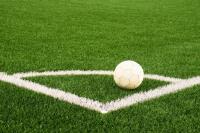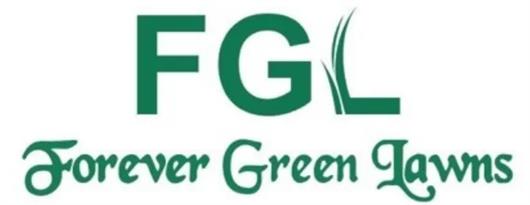 Add My Company
Add My Company
Sign In
3G pitches – How are they made?
14-07-2017

So, football fans of lower league clubs, how fed up are you of fixtures being constantly postponed and called off due to waterlogged or done dry pitches? Well, this may not be the case for much longer. Pitches are beginning to undergo a transformation from grass to synthetic turf, which begs the question: are 3G pitches the future of sport?
Third generation (3G) pitches are the latest development in synthetic surface technology and due to their practicality and easy maintenance; they are rapidly becoming a popular choice amongst sports clubs all over the world, at all competitive levels.
In 2012, Local side Maidstone United built their new Gallagher Stadium with a 3G football pitch. They were the first English club to do this, but since their instalment, many clubs have followed in opting for the artificial grass surface instead of traditional, natural grass. The FA has now approved 640 3G pitches across the country and this number is expected to significantly increase in future years.
So, how are 3G pitches actually made?
3G pitches are actually designed much differently to the domestic artificial lawns that Forever-Green Lawns supply. The surface is made up of several intelligently incorporated layers that simulate the look, feel and performance of a real pitch. It’s clever stuff!
The Base
This is typically made up of hard stone or concrete, which provides a solid foundation for the turf and is always used as a base for elite professional football pitches.
The stone layer, which sits upon the soil, is engineered with a free-draining system that helps to optimise draining levels, therefore reducing the likelihood of water logged pitch.
The base can also feature a textile membrane layer, which also helps with drainage.
Porous tarmac layer
Top tier 3G football pitches are usually built with an ‘Engineered System’, which features a layer of porous tarmac. This provides good stability and also gives the surface a more realistic bounce and response to the ball.
The Engineered System is optional however, and not all pitches have it.
The Shockpad
A Shockpad is placed on top of the tarmac layer, and beneath the actual grass surface. This provides extra cushioning and reduces player impact upon landing.
This also enables for the use of shorter pile blades, which is ideal for generating fast, dynamic play on the pitch.
A high quality Shockpad is also likely to prolong the life of the pitch and requires less maintenance than a longer pile surface.
Sand/rubber infill
The playing surface is scattered with a layer of sand and rubber crumb, which is usually made from old tyres and recycled rubber material. This helps to provide thickness to the turf pile; simulating a real pitch surface.
The combination of sand and rubber are also specifically designed to provide realistic ball bounce and aid ball control.
For more information on 3G pitches – How are they made? talk to Forever Green Lawns
Enquire Now
List your company on FindTheNeedle.

